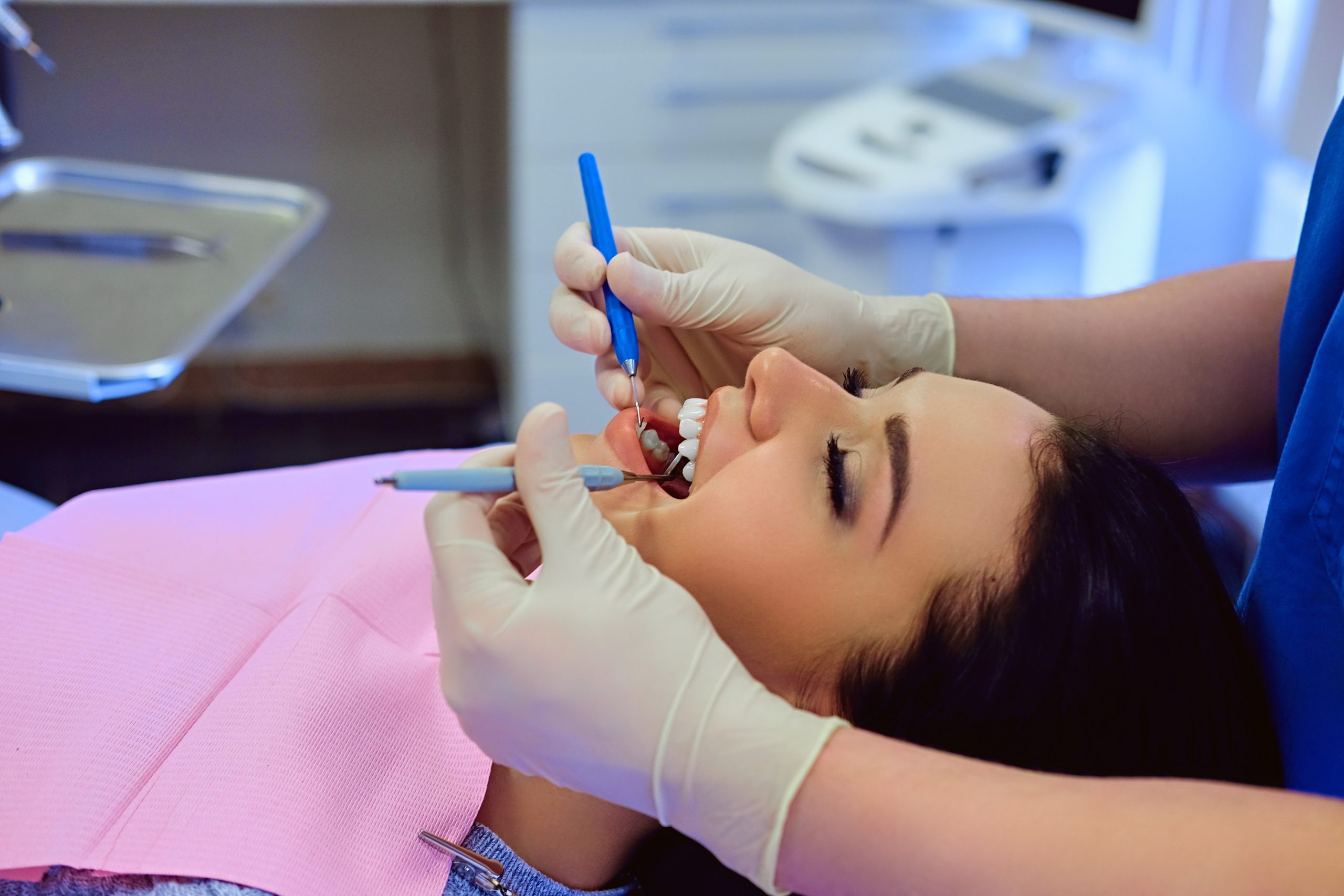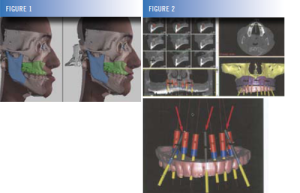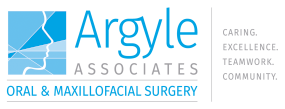Procedures
Digital Dentistry


What Is Digital Dentistry?
Digital and 3D technologies are revolutionizing medicine. The surgical specialties are no exception. At Argyle Associates, our Oral & Maxillofacial Surgeons are equipped with digital technology that helps us make surgery more accurate and less painful.
Simply put, digital dentistry consists of dental technologies or devices that use digital or computer-based components instead of older mechanical or electric methods. Digital dentistry makes many processes easier and more reliable, replacing steps that were previously done manually.
Improved Accuracy Of Procedures
Improved Accuracy Of Procedures
Digital dentistry technologies give our Oral & Maxillofacial Surgeons greater precision and control during procedures.
Improved Efficiency
Improved Efficiency
In addition to making the procedures themselves more efficient, digital files are quickly and easily accessible for dental labs, specialists, and insurance providers.
More Predictable Outcomes
More Predictable Outcomes
Digital dentistry can show patients precisely what their smile will look like after a cosmetic or restorative intervention.
Early Intervention
Early Intervention
Digital x-rays and photos allow our Oral & Maxillofacial Surgeons to intervene in the earliest stages of oral health issues.
Argyle Associates Experience With Digital Dentistry
The Oral & Maxillofacial Surgeons at Argyle Associates have employed digital dentistry technologies such as digital radiographs, intraoral digital scanners, computer-aided design, computer-aided manufacturing as well as computer-guided dental implant, orthognathic, reconstructive and cosmetic surgery.
Through the deployment of these technologies, the Oral &
Maxillofacial Surgeons at Argyle Associates are able to provide a
better experience to their patients. As new technologies become
available, we carefully evaluate and employ them when appropriate.
Digital Dentistry FAQ

“Digital dentistry” is any dental technology or device that incorporates digital or computer-controlled components.
Some examples of digital dentistry include:
- Digital radiographs
- Intraoral digital scanner
- CAD/CAM (computer aided design/computer aided manufacturing)
- Computer-guided dental implant, orthognathic, reconstructive and cosmetic surgery
3D medical modeling has revolutionized the field of oral and maxillofacial surgery. The Oral & Maxillofacial Surgeons at Argyle Associates can now do the following things thanks to digital dentistry:
- Precisely plan surgeries on the computer
- Visualize the results
- Identify challenges that may arise during the procedure
- Use 3D guides, or templates, to ensure accuracy during surgery
- To position dental implants (computer-guided implant surgery)
- To re-position jaws during jaw surgery
Compared to conventional radiography, digital x-rays or digital radiography systems have many advantages. They are:
- Lower x-ray exposure keeps our patients and staff safer.
- Faster x-ray image processing times means results are viewable in an instant, with no waiting for the images to be developed
- Better image quality allows our Oral and Maxillofacial Surgeons to focus on small details and irregularities by zooming in and adjusting the contrast.
- Faster image sharing means you won’t have to carry around film x-rays and our surgeons can share them with other experts in the field near-instantly.
CAD (Computer Aided Design) and CAM (Computer Aided Manufacturing) dentistry is a field of dentistry and prosthodontics which use computers and machinery to improve the design, fit, and creation of dental prosthetics such as bridges, crowns, and implants. CAD dentistry allows for the Oral & Maxillofacial Surgeons at Argyle Associates to more accurately design dental prosthetics while decreasing chair time for the patient. The restorations created by CAM are produced faster and are milled in such a way which has fewer flaws compared to previous methods.

